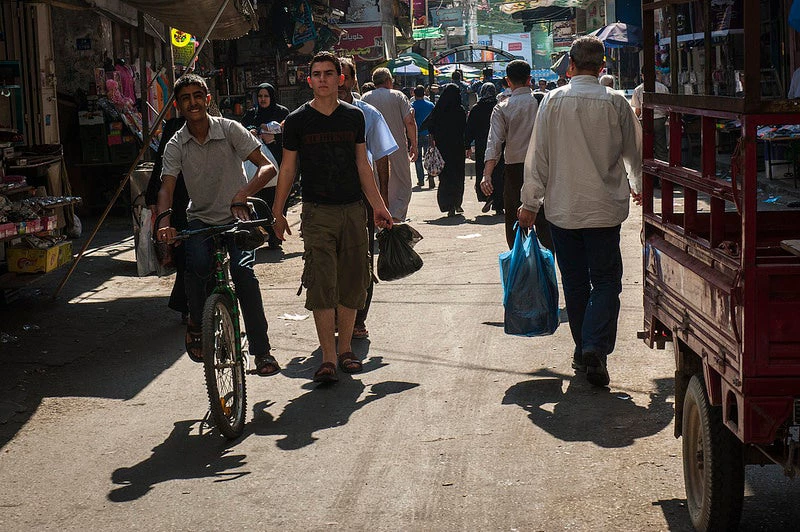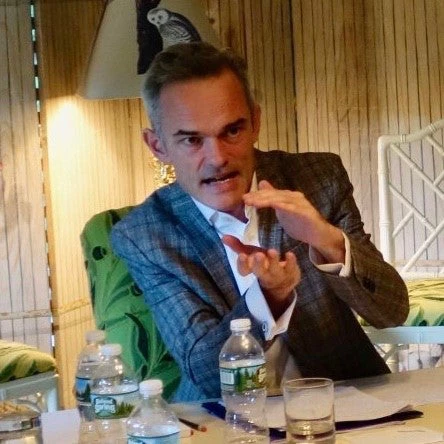The upsurge in violent conflict since 2010 has led to renewed calls to promote the use of preventive diplomacy. But what do we mean by preventive diplomacy? Who can do it? And what methods are effective? As a contribution to the joint United Nations and World Bank study on preventing violent conflict, the European Institute of Peace (EIP) looked further into these questions. As a first step, we undertook a “rough and ready” review of available academic literature to see what the data sets used by social scientists might have to tell us about the issue. The picture is far from clear.
Statistical inquiry seems to struggle with a few epistemological and ontological challenges in relation to our field, including the following issues:
- There is insufficient distinction between the different types of mandates underpinning preventive mediation efforts, the overall institutional context, and the types of resources that diplomats bring. Outmoded assumptions about the nature of conflict are imported into the basic categories of what is being counted.
- There is an inability to disaggregate variables within a complex conflict settlement context in which there are a range of actors and numerous parallel policy instruments at play, such as sanctions, peacebuilding, military threat, and peacekeeping.
- Research data sets typically rely on long-term indicators measured in years, whereas a mediation process could reveal a lot of valuable effects when measured in periods of weeks or even days.
These impressions will be analyzed together with senior mediation practitioners and diplomats throughout 2018 to develop recommendations on prevention that are created by mediators rather than researchers. However, from our initial impressions, we can already make the following observations:
- Preventive action is a delicate matter, and requires external actors to work together to ensure the best available remedy is provided. For example, in low-pressure scenarios, a facilitative, independent mediator with a minimum footprint may be well-placed to initiate mediation. This may change at a later stage, as the parties request more structural support. Given the dynamic and complex nature of today’s conflicts, mediation approaches pursued in a mechanical and linear manner are unlikely to succeed.
- Different access levels and channels should be used intelligently. The international community can be effective by reacting through discreet channels, but for this to have a strong enough impact, the same message often needs to come through many times, from different actors at various levels.
- Different dialogue tracks need to be linked up: Effective preventive action requires more cooperation between the local level and international actors and a shift away from a purely elite mode of mediation led by diplomats. Local actors are particularly well-suited to flag and address low-intensity conflict; this includes taking opportunities to mediate. It is important that international actors understand their role in relation to local initiatives, put themselves at the service of existing structures and networks, and create spaces for local capacities.
- Diplomats should be provided with an overview of the preventive diplomacy options available. EIP’s consultations and field observations confirm the appetite for this, as it is not always immediately clear how comparative cases can be applied elsewhere. Brief, concise examples and cases of prevention, coupled with information about what tools and mechanisms have been used in the particular institutional context of the different actors, can be used to inspire action elsewhere.
- Long-term diplomatic presence on the ground is a prerequisite for most kinds of preventive engagements observed by EIP. Permanent diplomatic presence and political engagement is needed in at-risk regions to ensure the international community has the network and credibility to act when needed, and have a clear understanding of their added value.




Join the Conversation